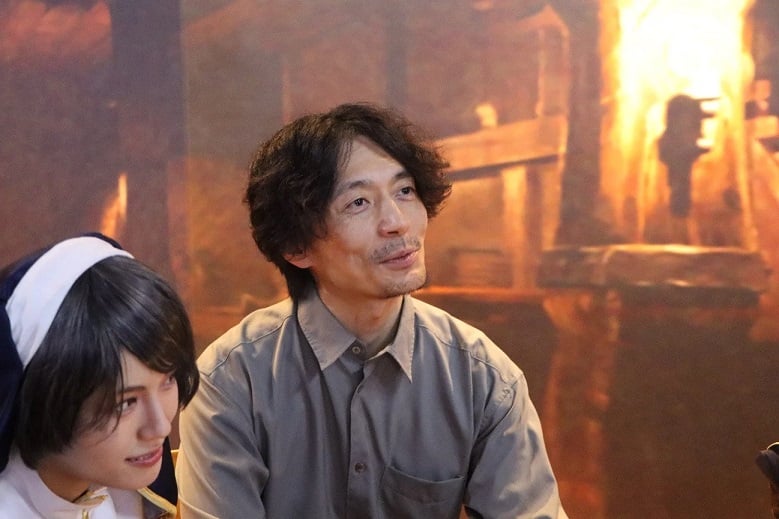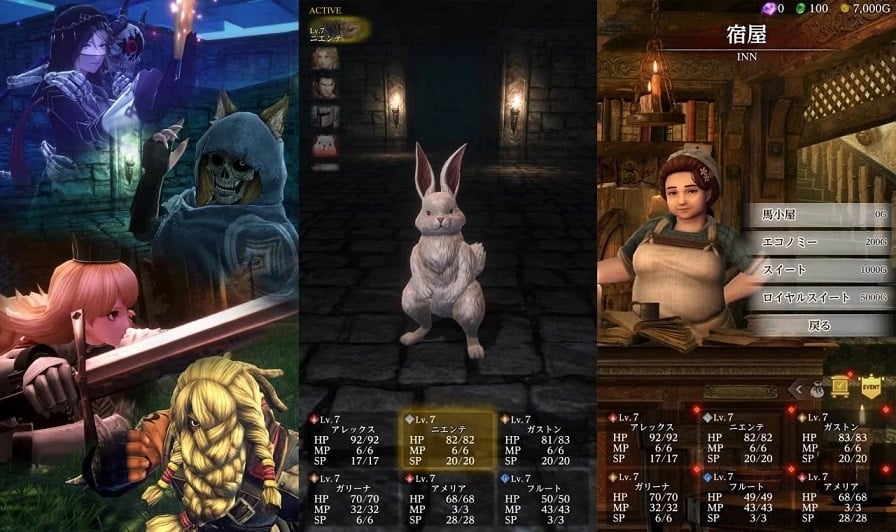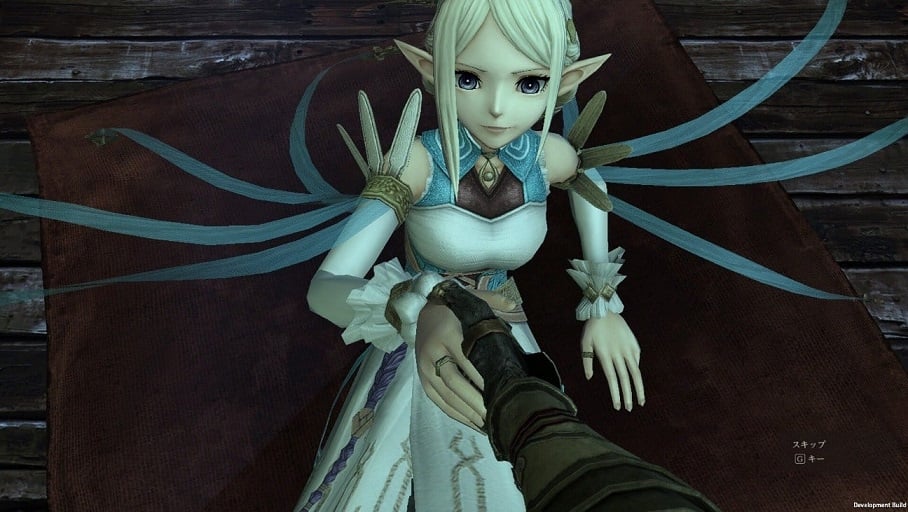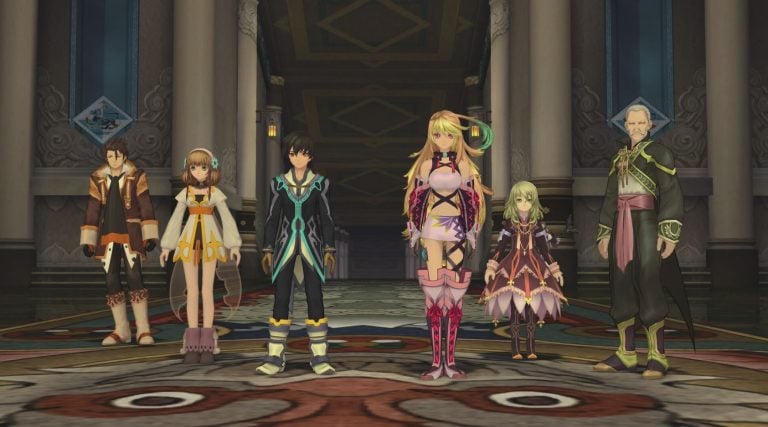The Wizardry series, originating from Wizardry: Proving Grounds of the Mad Overlord, is considered to be one of the most influential game series in the RPG genre. Despite being created in the USA and deeply rooted in the D&D mythology, it managed to find its way to Japan – and its cultural impact helped set the foundation for what we know today as “JRPGs.”
However, the legacy of the Wizardry series continues, and Japanese developer Drecom is set on keeping it alive with the latest entry Wizardry Variants Daphne. The free-to-play 3D dungeon crawler preserves key elements of the series but gives it a distinct JRPG twist. This goes for the visual aspect as well, as the character and monster designs were created by legendary artists Yusuke Kozaki (Fire Emblem, Pokémon, AI: The Somnium Files) and Katsuya Terada (The Legend of Zelda, Tekken 5) respectively.
But how is Wizardry Variants Daphne performing in the West compared to Japan? AUTOMATON recently interviewed game director Keisuke Kanayama to find out.
Currently, Daphne has a steady player base in America, alongside a good number of players in Taiwan as well. However, the biggest portion of players are in Japan – more than a half of the whole player base, Kanayama explained. Despite being an IP that originated in the West, it’s currently most popular among Japanese audiences. Kanayama confesses that initially, the development team hoped that the series would grow more popular overseas after the release of Daphne – but things didn’t quite turn out as planned. Back in the day, Wizardry had more luck getting steady media promotion in Japan and built a strong legacy that continues to this day, he comments.

“During the development stage, I thought that maybe because of the influence of Robert Woodhead, who worked on the original Wizardry, we could reach overseas audiences as well… But after all, I think ASCII hyping up the game in Japan was a huge thing for its success. And when it comes to it expanding to other media, we had Benny Matsuyama who wrote the play guide, and many novelizations which also contributed to a kind of hype that was unique to Japan,” Kanayama explained. “We were lucky that we were able to release Daphne on such a strong foundation. Only now do I realize how crucial the people who contributed to the game’s popularity were.”

On a related note, the best way to illustrate how influential Wizardry is in Japan is by talking about games like Dragon Quest. Yuji Horii, creator of the beloved franchise, never hid the fact that Enix’s most renown game drew inspiration directly from Wizardry. As he elaborated in an interview with Denfaminicogamer one year ago, Dragon Quest was his own attempt to create Wizardry, but as a game that is accessible to everyone and can be enjoyed by both adults and children. So, while keeping most key features of Wizardry, Dragon Quest introduced a more easy-to-understand map, a manga-inspired scenario and a brighter, fairy-tale-like visual style. This turned out to be a recipe for success, and many other influential Japanese games, like Megami Tensei, Dragon Slayer, and even Final Fantasy to a degree, decided to follow the same path originally paved by Wizardry.
Related articles:





